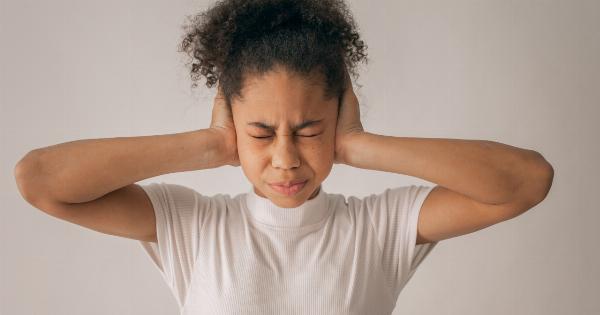High blood pressure, also known as hypertension, is a medical condition that affects millions of people worldwide. It is a serious health concern for both adults and children. In the past, hypertension was considered to be mainly an adult disease.
However, the trend is changing, and more and more children and adolescents are being diagnosed with hypertension.
What is High Blood Pressure?
Blood pressure is the pressure exerted by the blood on the walls of the arteries. Blood pressure is measured using two values- systolic and diastolic pressure.
Systolic blood pressure refers to the pressure when the heart contracts and pumps the blood into the arteries, while diastolic blood pressure refers to the pressure when the heart is at rest and the blood is flowing back to the heart.
High blood pressure is diagnosed when a child has a blood pressure reading that is consistently higher than the normal range for their age and height. Normal blood pressure for children and adolescents vary according to their age, height, and weight.
Causes of High Blood Pressure in Children and Adolescents
There are several factors that contribute to high blood pressure in children and adolescents. Some of the common causes include:.
- Obesity and sedentary lifestyle
- Family history of hypertension
- Stress and anxiety
- Chronic medical conditions like kidney disease, heart disease, and diabetes
- Use of certain medications like corticosteroids, birth control pills, and some over-the-counter medications
- Consumption of a diet high in salt and fat
Symptoms of High Blood Pressure in Children and Adolescents
Most children and adolescents with high blood pressure do not experience any symptoms. Therefore, it is essential to get their blood pressure checked regularly, especially if they have any risk factors for hypertension.
If left untreated, high blood pressure can cause damage to vital organs like the heart, kidneys, and brain, leading to several complications like heart failure, stroke, and kidney damage.
Diagnosing High Blood Pressure in Children and Adolescents
To diagnose high blood pressure in children, the doctor will first check their height, weight, and calculate their body mass index (BMI). They will also check their blood pressure using a blood pressure cuff, just like in adults.
Based on their age, height, and sex, the doctor will determine if the child’s blood pressure is elevated, and if further evaluation is needed.
If the child’s blood pressure is consistently high, the doctor may recommend additional tests like urine tests, blood tests, echocardiogram, and kidney function tests to determine the underlying cause of hypertension.
Treatment of High Blood Pressure in Children and Adolescents
The primary goal of treating high blood pressure in children and adolescents is to reduce the risk of complications like heart disease and stroke.
The treatment plan will depend on the underlying cause, the severity of hypertension, and the child’s age and overall health status.
The doctor may recommend lifestyle changes like regular physical exercise, a healthy diet, reducing salt intake, and limiting screen time to manage mild hypertension.
In some cases, medications like ACE inhibitors and beta-blockers may also be prescribed to lower blood pressure.
Preventing High Blood Pressure in Children and Adolescents
Prevention is the key to managing hypertension in children and adolescents. Parents can take several measures to reduce the risk of hypertension in their children, such as:.
- Encouraging a healthy diet rich in fruits, vegetables, and whole grains
- Limiting the consumption of sugary and processed foods
- Encouraging physical activity and limiting screen time
- Teaching stress management techniques like deep breathing, meditation, and yoga
- Getting regular check-ups with the doctor to monitor blood pressure
Conclusion
High blood pressure in children and adolescents is becoming a significant health concern worldwide. It can lead to severe complications like kidney damage, heart disease, and stroke if left untreated.
Early diagnosis, treatment, and prevention are the key to managing hypertension in children. Parents should encourage a healthy lifestyle, limit salt intake, and ensure regular check-ups with the doctor to keep their children’s blood pressure in check.





























